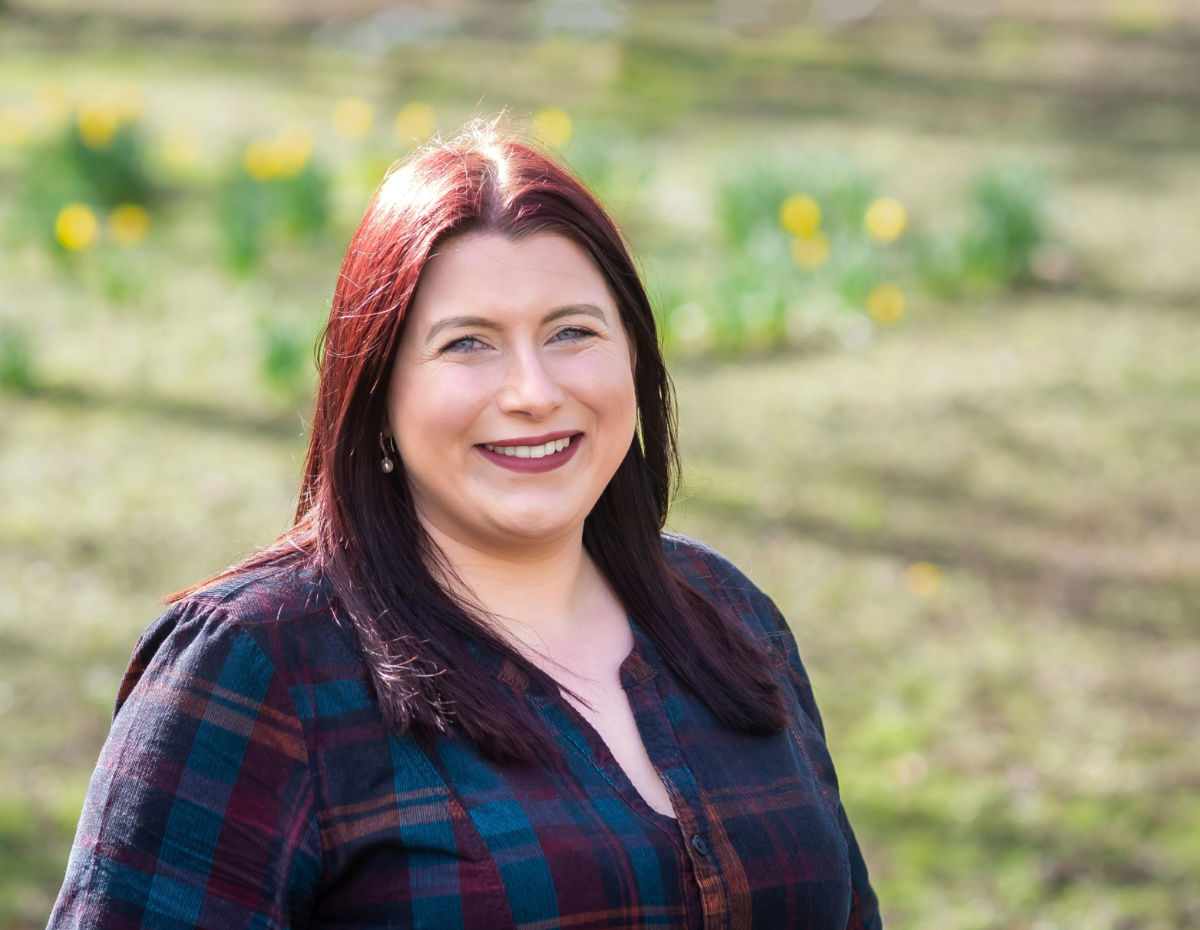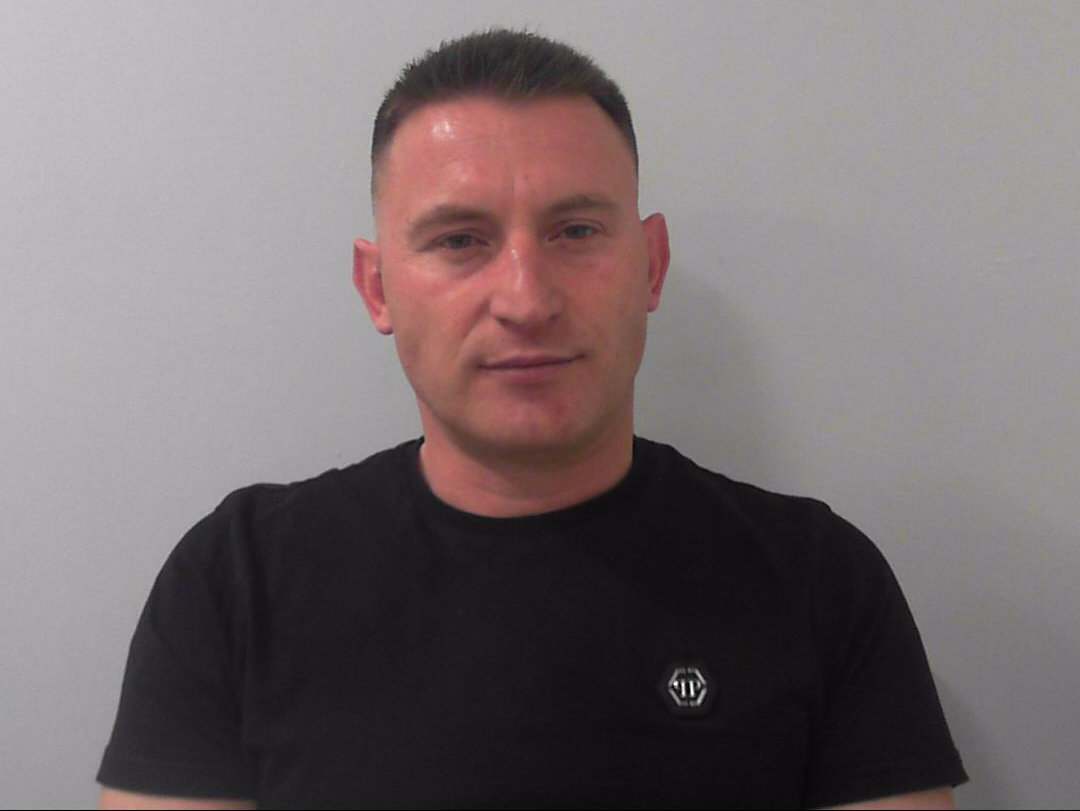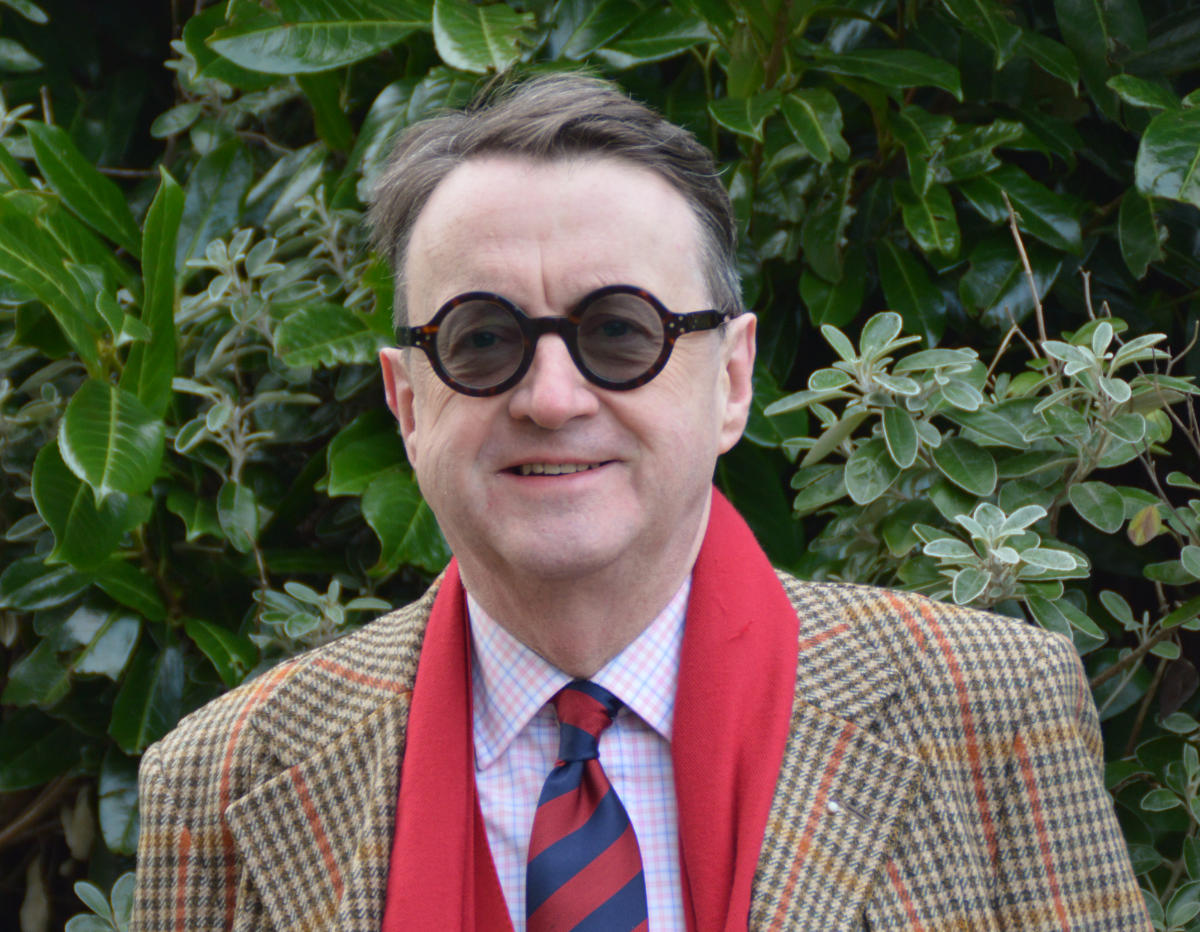This week sees the 40th anniversary of the demise of the County Council of the North Riding of Yorkshire, and its replacement by North Yorkshire County Council.
The year 1974 was marked by an inflation rate of more than 17%, two general elections, the disappearance of Lord Lucan, the final episode of Monty Python’s Flying Circus … and the wholesale reorganisation of local government in England and Wales.
The new North Yorkshire County Council replaced most of the former North Riding, along with parts of the West Riding, and the city of York, previously a county borough in its own right, was absorbed into the county of North Yorkshire. And on April 1st, 93 newly-elected councillors assumed democratic responsibility for the administration of the largest county in England.
County Councillor John Weighell, the current Leader of North Yorkshire County Council said: People forget what huge changes we have seen in the intervening forty years.
Back then, there were no desktop computers, no mobile phones; most of the work of administration was carried out by hand or on typewriters. It is only when one looks back on what was then the everyday, that one fully realises the huge advances in technology, working practices, efficiency and so on that have taken place not just in local government, but in society as a whole.
Changes in social attitudes are evident in the changing make-up of the authority. Of the 93 Members of North Yorkshire County Council in 1974, 84 were men and only nine – just under 10 per cent – were women. Today there are 72 Members – 15 of them (21 per cent) women.
In 1974, Members included Sir Charles Frederick Richmond-Brown, Bt (Kirkbymoorside); Lord Middleton (Norton); The Earl of Swinton (Ripon and Pateley Bridge); Sir Meredith Whittaker (Scalby); and Viscount Downe (Scarborough Rural). In addition, six Members held or had held senior ranks in the Army. They included Colonel Philip Turner van Straubenzee (Leyburn), Lt Col Herbrand Vavasour Dawson Bott (Nidderdale), and Lt Col Maurice Brownless Burnett (Reeth).
County Councillor John Weighell said:The authority which came into being in 1974 was very much a continution of what went before, certainly in terms of its make-up” said Councillor Weighell. “The North Yorkshire County Council of today is a very different proposition … things like the somewhat lavish refreshments, the County Club where Members could enjoy a drink, and so on, are long gone.
Veteran Independent Councillor Robert Heseltine added: It was a very different place in those days. Council meetings were often attended by the wives of Members wearing all their finery, ready for an afternoon at the races after the meeting.
One man who has seen all the changes is Peter Yates, the County Council’s Assistant Director (Corporate Accountancy Services), who joined the authority on its first day.
Peter Yates said: Although the authority was very much bigger in terms of responsibility in 1974, the pace of work was much less frantic.
We were responsible for the police, the fire service, the two national parks, the probation service – a large number of things which over the years have been removed from the county council’s remit, not least the City of York.
Perhaps the fact that we had no PCs to work with was partly responsible. All work was done by hand or on typewriters, except complex accountancy and arithmetical processes which were looked after by a roomful of ladies who worked the comptometers, or mechanical calculators.
I well remember the first electronic calculator arriving at County Hall. It was an enormous thing, called Anita, and occupied the chief accountant’s office. You had almost to make an appointment to go in and use it.
Peter’s first jobs as an office junior were to check all the incoming mail for unfranked stamps which could be re-used (“and any others of an interesting kind which the chief cashier wanted for his stamp collection”), and to empty the coins from the public phone kiosks around County Hall from which, before the availability of mobile phones, members of staff were expected to make personal calls.
Councillor Weighell added: The past 40 years have seen great changes in local government. But I think the developments we are likely to see in the next four or five years, driven by increasing demand and steadily decreasing funding, will come to be seen as constituting a period of much greater and very much more fundamental change.







Any changes mentioned here are changes that would equally have happened if the County Council for the North Riding of Yorkshire had never been abolished. Technology did not advance nor working attitudes and customs progress because of the creation of North Yorkshire County Council. Yet the changes since 1974 that had greatest personal impact on people of the North Riding, and in deed, of all Yorkshire, have not been mentioned here. LGA1972, the legislation by which the 1974 changes were implemented, was imposed upon them without any consultation with them or regard for them. Parts of Yorkshire such as Redcar, Middlesbrough, Yarm and Startforth were all administered by the County Council for the North Riding of Yorkshire and because of this, their identity as Yorkshire folk was indesputable. Although LGA1972 never abolished traditional counties and all these places are, in fact, still in the traditional county of Yorkshire and those born in them are still Yorkshire people, because they were forced under the administration of ‘non-Yorkshire’ authorities such as ‘Cleveland’ and County Durham 40 years ago, their identities as Yorkshire folk has become confused, even to those most directly involved. It is not for governments to abolish the identities of people and to impose new ones of their choosing upon them, for example, that folk of Middlesbrough are no longer Yorkshire folk but are Clevelanders or North-Easterners or that people of Yarm are no longer Yorkshire but County Durham folk. One part of the article, though, is absolutely right; greater and very much more fundamental changes are required to respond to the current climate in the UK; a climate where regions with devolved power are succeeding whilst those without (except for the south-east) are falling further behind. The only way Yorkshire can combat this state of affairs is to gain devolved power herself so that we can compete with the likes of Scotland and London. Such devolution should be for the whole of Yorkshire, traditional Yorkshire, and take the form of a Yorkshire Parliament so that the economic, social and environmental interests of all Yorkshire can be co-ordinated for the maximum benefit of all Yorkshire. The starting point for devolution from central government cannot be accepting boundaries imposed by central govt. Yorkshire has boundaries that have been detrmined over centuries of history by the identiites of her people. It is those traditional boundaries that should be the starting point for the changes to which Councillor Weighill refers.